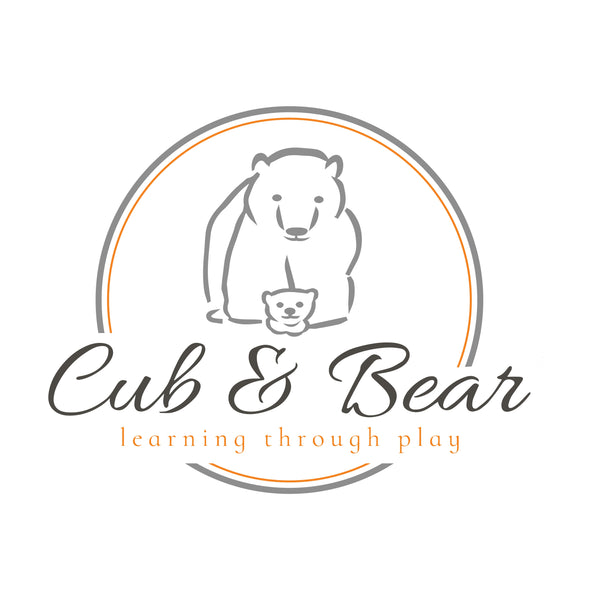Creating a Bird-Friendly Garden: Welcoming Our Feathered Friends
As January unfolds, let’s turn our focus to how we can make our gardens inviting spaces for our feathered friends. At Cub & Bear, we believe that nurturing wildlife is an essential part of fostering a connection to nature. By creating a bird-friendly garden, we can provide shelter, food, and a safe haven for birds during the winter months.
The Importance of Bird-Friendly Gardens
Birds play a crucial role in our ecosystems, helping with pest control, pollination, and seed dispersal. By creating a bird-friendly garden, we not only support these vital services but also encourage children to engage with and appreciate nature. Here are some key elements to consider when transforming your garden into a haven for birds.
1. Provide Food Sources
Birds need nutritious food to thrive, especially during the colder months. Here are some ways to provide food for our feathered friends:
Bird Feeders: Invest in a bird feeder or two, filling them with a mix of seeds, nuts, and suet. Consider placing feeders at different heights to attract a variety of species.
Native Plants: Planting native shrubs and trees that produce berries, such as holly, rowan, and hawthorn, can provide essential food sources for birds throughout the winter.
Seed Mixes: Offer seed mixes specifically designed for local bird species. These can often be found at garden centres or online.
2. Water Sources
Water is vital for birds, especially during freezing temperatures when natural sources may be scarce. Here’s how to provide water in your garden:
Birdbaths: Install a birdbath to offer a reliable water source. Ensure it’s shallow enough for birds to safely access, and change the water regularly to keep it fresh.
Heating Options: If you live in an area where water freezes, consider a heated birdbath to provide a year-round water source.
3. Shelter and Nesting Opportunities
Creating safe spaces for birds is essential for their survival. Here’s how to make your garden more hospitable:
Evergreen Plants: Planting evergreens provides shelter from harsh weather and cover from predators. Consider adding shrubs or hedges to create dense cover.
Nesting Boxes: Installing nesting boxes can provide birds with safe places to raise their young in the spring. Make sure to clean them out after each nesting season to keep them ready for new inhabitants.
4. Avoid Chemicals
To create a truly bird-friendly garden, it’s important to avoid using pesticides and chemicals. These can harm not only birds but also the insects they rely on for food. By embracing organic gardening methods, we can promote a healthy ecosystem.
Engaging Children in Gardening
Creating a bird-friendly garden can be a wonderful family project. Involve your children in planting, setting up feeders, and observing the birds that visit. Encourage them to keep a garden diary, noting the different species they spot and the activities they observe.
A Welcoming Space for Nature
By transforming our gardens into welcoming spaces for birds, we foster a deeper connection to nature for ourselves and our children. Engaging with wildlife allows us to appreciate the beauty of the natural world while teaching important values of responsibility and conservation. At Cub & Bear, we’re excited to continue sharing tips and insights to inspire families to connect with nature throughout the year.
Next week, join us as we explore indoor winter play ideas inspired by nature, ensuring that our learning and exploration can continue regardless of the weather!

